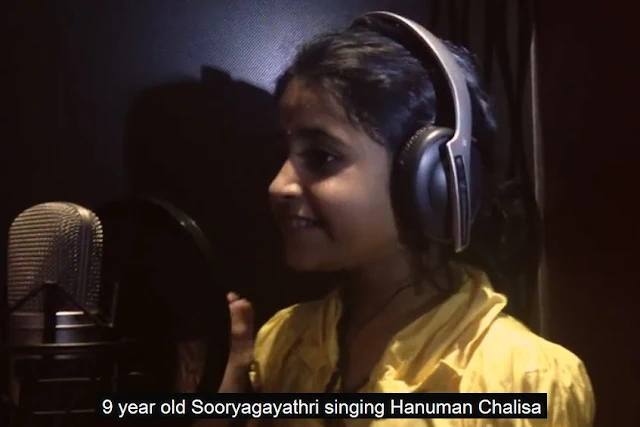Just as food, clothing and shelter are the basic needs of the body, peace is a basic need of the mind. Today, there is practically no system to provide for this basic mental need. Worse still, our fast-paced, stress-filled lifestyle agitates our mind a lot. No wonder the World Health Organization (WHO) has declared that the greatest medical challenge of the current century will be not AIDS or cancer but mental health problems. The temple is one of the few places where one can immediately experience a deep peace just by going into the premises.
how it is such a haven of serenity despite geographically being amidst the hustle-bustle of the city. Where does this tranquility come from?
The tranquility is a natural result of the divine vibrations that constantly pervade a temple. Those vibrations result from both the presence of the Lord in His deity form as well the constant chanting of His holy names. Many, many people come to the temple in the evening to de-stress themselves before returning home. They take darshan of the deities, attend the worship or sit in the temple hall taking in the divine atmosphere. Thus they become mentally recharged to cope with the challenges of life.
The founder-acharya of ISKCON, His Divine Grace A C Bhaktivedanta Swami Srila Prabhupada, wanted to have temples right in the hearts of the cities so that maximum number of people would have easy, quick access to the tranquility that the temple offers.
Isn't peace of mind a luxury that we can ill afford when we have so many duties to perform for our family, office and society.
Peace of mind is not a luxury, but is a necessity that enables us to perform our duties sustainably. To lift a 5 kg weight for a few minutes is not difficult. But if we were to lift it continuously for the rest of our lives, it would soon become a burden, an unbearable burden. We would need to relieve ourselves of the weight by short breaks that would allow the muscles of our arm to rest and regain strength. Similarly our duties – and the anxieties that inevitably come with them – are like burdens on our minds. If we let these burdens weigh on our minds constantly, they exhaust us mentally. We need short breaks that allow our minds to rest and regain strength.
People try to get these breaks through entertainment – by watching TV and movies. Entertainment may sometimes refresh us, but often it leaves us with more agitating thoughts, desires and memories.
On the other hand, when we come to the temple, we take those mental burdens off and sooth our minds with the healing serenity that pervades the temple. Then when we are mentally rested and refreshed, we restart our duties with greater effectiveness.
In fact, because people don’t take such nourishing breaks, they become ineffective in their personal functioning and irritable in their interpersonal dealings, leading to so many avoidable problems.
I had hardly any idea of the value of our culture till I came in contact with ISKCON, And I would surmise the same holds true for most Indians, including even those Indians who are proud of their culture.










